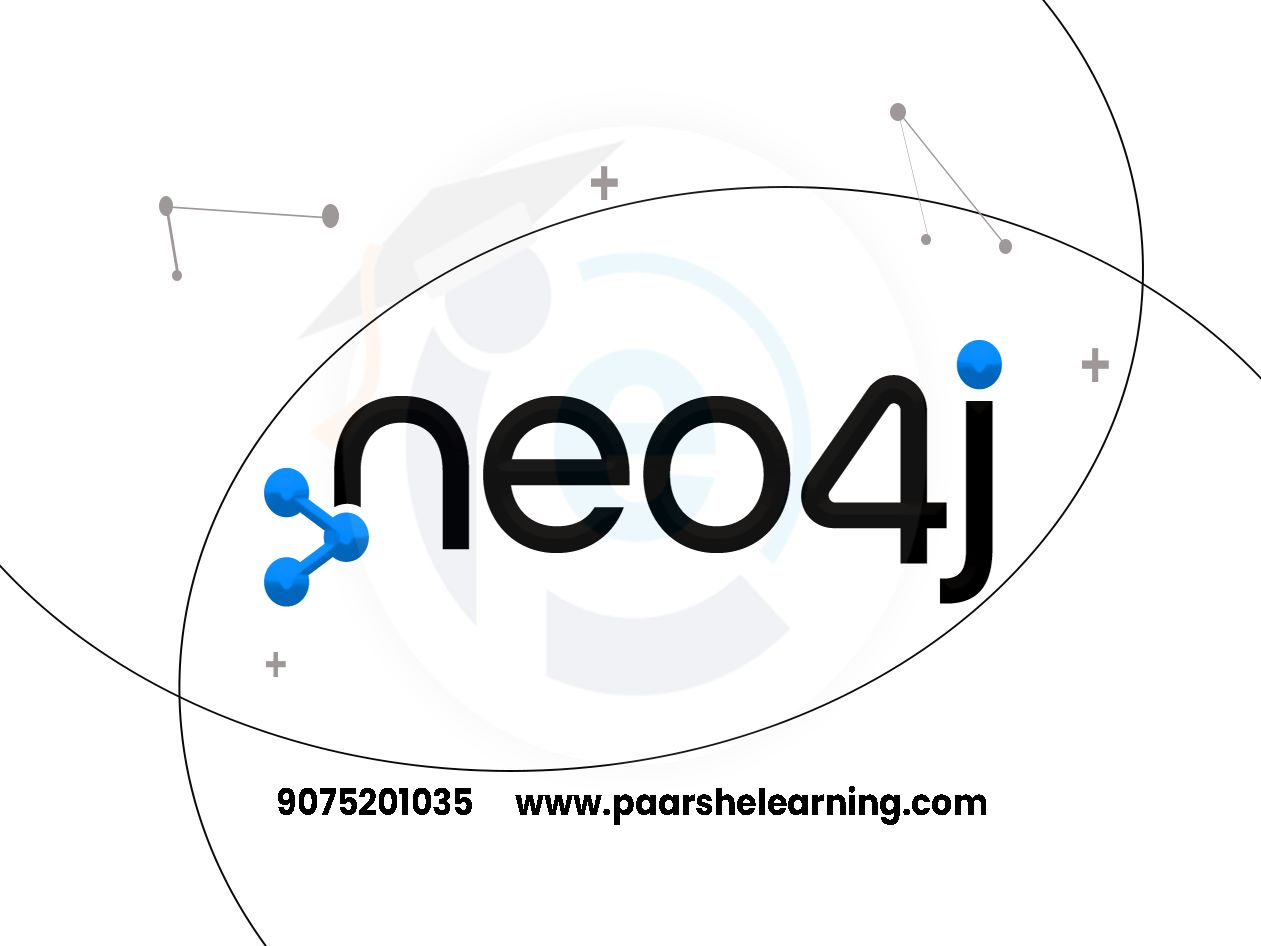- The courses cover topics such as graph database concepts, Cypher query language, data modeling, graph algorithms, and application development with Neo4j.
- "Neo4j: GraphDB Foundations with Cypher" and "Neo4j: From Novice to Expert." These courses cover different aspects of Neo4j, from basics to advanced topics, and provide hands-on exercises and practical examples.
- "Graph Analytics for Big Data" or "Graph Data Management and Analytics."
Neo4J
Course description
Neo4j is a graph database management system that allows you to store, manage, and query highly connected data. It is designed to efficiently handle complex and interconnected data by representing information as nodes, relationships, and properties.
Here are some key features and concepts associated with Neo4j:
-
Graph Database: Neo4j is built on the concept of a graph database, which is a data storage model that represents data as nodes, relationships, and properties. Nodes represent entities, relationships represent connections between entities, and properties represent attributes or characteristics of the entities or relationships.
-
Cypher Query Language: Neo4j uses a query language called Cypher, which is specifically designed for graph databases. Cypher allows you to write expressive and powerful queries to retrieve and manipulate data stored in Neo4j.
-
Native Graph Processing: Unlike relational databases, which use tables and SQL for data storage and querying, Neo4j's architecture is optimized for processing graph data. This makes it well-suited for scenarios where the relationships between data points are crucial, such as social networks, recommendation engines, and network analysis.
-
Scalability and Performance: Neo4j is designed to handle large-scale graph datasets and provides horizontal scalability through clustering and sharding. It leverages indexing and caching techniques to ensure high performance for graph traversals and queries.
-
ACID Compliance: Neo4j ensures data consistency and integrity through ACID (Atomicity, Consistency, Isolation, Durability) compliance. It guarantees that database transactions are executed reliably and that data remains consistent even in the event of failures.
-
Community and Ecosystem: Neo4j has an active community and a rich ecosystem of tools and libraries. It offers various integrations with popular programming languages like Java, Python, and JavaScript, making it easy to build applications that interact with Neo4j.
Neo4j is widely used in various domains, including social networking, recommendation systems, fraud detection, knowledge graphs, bioinformatics, and more. It provides a flexible and powerful solution for working with highly connected data and exploring complex relationships.
What you will learn from this course?
This course includes!
- Daily Live session
- A recorded session with problem-solving material
- Access on Mobile and TV
- Certificate of completion
- Recommendation Letter
- 100% Job Assurance
This course is for
- People who want to learn how to work with Neo4j and Cypher
- People who want to deeply understand NoSQL vs SQL and Graph Databases modeling concepts
- People who want to learn to use Python to work with Neo4j (I teach flask, and py2neo)
- People who want to master the ins and outs of Neo4j and Cypher and use them in your next project.
- People who want to be a Certified Neo4j Professional and also Pass a Neo4j coding Interview
- People who want to have an awesome Game Of Thrones project to show off
Prerequisites for this course
- Basic Computer Knowledge
Neo4j Syllabus
-
Introduction To Graph Databases And Neo4j
Understanding the basics of graph databases and their advantages Introduction to Neo4j and its features Setting up Neo4j: installation, configuration, and basic usage Graph data modeling concepts: nodes, relationships, properties
-
Cypher Query Language
Introduction to Cypher query language Basic CRUD operations in Cypher Filtering, sorting, and aggregation in Cypher Modeling and querying graph patterns
-
Advanced Cypher Queries
Working with multiple nodes and complex patterns Handling optional and conditional patterns Using functions and procedures in Cypher Recursive queries and traversals
-
Graph Algorithms In Neo4j
Overview of graph algorithms and their applications Implementing graph algorithms using the Graph Algorithms Library Centrality algorithms: PageRank, Betweenness, Closeness Community detection and graph clustering algorithms
-
Neo4j Data Modeling And Indexing
Designing effective graph data models Indexing and constraints in Neo4j Schema design and best practices for performance Modeling and querying hierarchies and networks
-
Data Import And Etl With Neo4j
Importing data from CSV, JSON, and other formats Data transformation and preprocessing using Cypher Batch processing and parallelization in Neo4j Integrating Neo4j with other data sources and tools
-
Graph Visualization And Neo4j Browser
Visualizing graph data using Neo4j Browser Creating and customizing visualizations in Neo4j Browser Exporting graph visualizations for presentations and reports Using Neo4j Browser for interactive querying and analysis
-
Neo4j In Real-world Applications And Final Projects
Exploring real-world use cases of Neo4j: social networks, recommendation systems, fraud detection, etc. Students work on individual or group projects applying Neo4j to specific domains Instructor guidance and feedback during project development Final project presentations and evaluations




